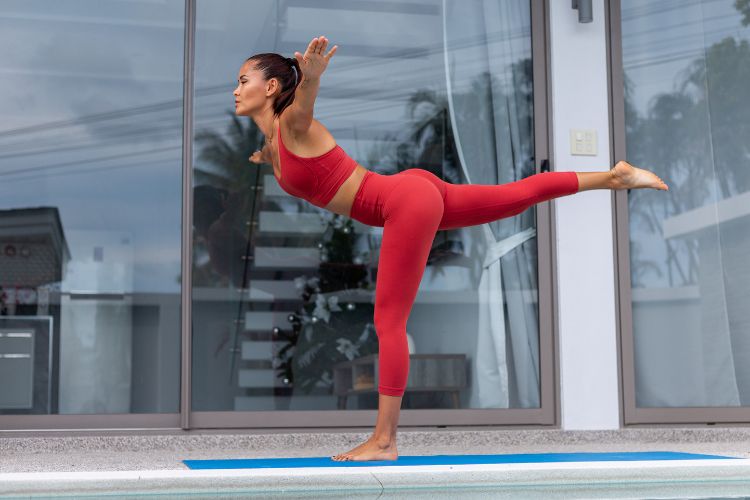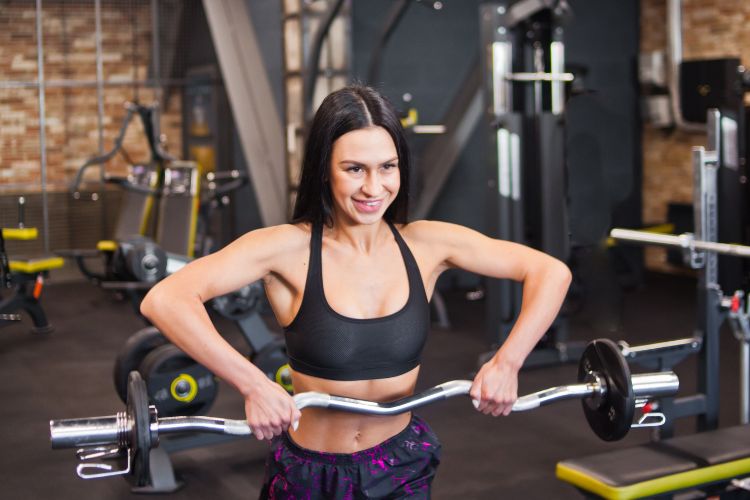Sign up for workout ideas, training advice, reviews of the latest gear and more.





Starting a fitness journey can feel overwhelming, especially if you’re unsure where to begin. As a beginner, understanding the basics of working out and creating a sustainable plan is key to building a routine that works for you. This guide provides practical tips on working out for beginners, insights, and strategies to help women start their fitness journey with confidence.
Regular exercise offers a multitude of benefits, from improving physical health to boosting mental well-being. For women, it can help manage weight, strengthen bones, enhance cardiovascular health, and reduce the risk of chronic diseases such as osteoporosis and diabetes. Moreover, exercise is a great way to relieve stress, improve mood, and build self-confidence.
Before diving into a workout routine, take time to understand your motivations. Are you aiming to lose weight, build strength, improve endurance, or simply feel better overall? Knowing your “why” can keep you motivated on challenging days.
Set Specific, Measurable, Achievable, Relevant, and Time-bound (SMART) goals. For example, instead of saying, “I want to get fit,” set a goal like, “I will work out three times a week for 30 minutes over the next month.” SMART goals provide clarity and structure, making it easier to track progress.
Low-impact workouts like walking, swimming, and yoga are excellent for beginners. They’re gentle on the joints while still offering effective ways to build endurance and flexibility.
Strength training is essential for building muscle and improving metabolism. Start with bodyweight exercises such as squats, lunges, and push-ups, or use light dumbbells or resistance bands.
Cardiovascular exercises, such as brisk walking, cycling, or dancing, improve heart health and burn calories. Aim for at least 150 minutes of moderate-intensity cardio per week.
Experiment with various workouts to find what you enjoy most. Whether it’s Pilates, Zumba, or outdoor hiking, enjoying your exercise routine makes it easier to stick with it.
As a beginner, focus on consistency rather than intensity. Begin with 20-30 minutes of exercise three times a week. Gradually increase the duration and frequency as your fitness improves.
Always start with a 5-10 minute warm-up to prepare your body for exercise and reduce the risk of injury. Similarly, end your workout with a cool-down and stretching to improve flexibility and promote recovery.
Treat your workouts like appointments. Set aside specific times in your calendar and stick to them. Consistency is key to building a lasting habit.
It’s normal to feel some soreness as a beginner, but avoid pushing yourself to the point of pain or extreme fatigue. Listen to your body and rest when needed.
Rest days are just as important as workout days. They allow your muscles to recover and grow stronger. Incorporate at least one or two rest days into your weekly routine.
Exercising with a friend can make workouts more enjoyable and hold you accountable. Look for a workout partner with similar fitness goals.
Keep a journal or use fitness apps to track your workouts, goals, and achievements. Seeing your progress can be incredibly motivating.
Celebrate milestones with non-food rewards, such as new workout gear, a massage, or a fun outing. Recognizing your achievements can reinforce positive habits.
Drinking enough water is crucial for optimal performance and recovery. Aim for at least 8-10 glasses of water per day, and increase your intake during and after workouts.
Fuel your body with a mix of lean proteins, healthy fats, and complex carbohydrates. Proper nutrition supports energy levels and helps with muscle repair.
Have a small snack, such as a banana or yogurt, 30-60 minutes before exercising to boost energy. After your workout, opt for a protein-rich snack to aid recovery.
Even short workouts can be effective. If you’re short on time, try high-intensity interval training (HIIT) or quick bodyweight circuits that take just 10-15 minutes.
Exercise can boost energy levels, even if you feel tired initially. Start with light activities like stretching or walking to get moving.
Gyms can feel intimidating for beginners, but remember that everyone starts somewhere. Consider hiring a personal trainer or attending beginner-friendly classes. Alternatively, start with home workouts to build confidence.
You don’t need expensive equipment to start. A good pair of workout shoes, a yoga mat, and a set of resistance bands or light dumbbells are sufficient for most beginners.
Bodyweight exercises like planks, bridges, and wall sits require no equipment and are highly effective for building strength and stability.
Fitness is a journey, not a race. Results take time, and consistency matters more than perfection. Focus on showing up regularly, and the progress will follow.
If you have specific fitness goals or medical conditions, consult a fitness professional or a healthcare provider. They can help design a safe and effective workout plan tailored to your needs.
Every step forward is progress. Celebrate small victories, like completing a workout or mastering a new exercise.
Instead of obsessing over the scale, pay attention to how exercise makes you feel. Improved energy, better sleep, and reduced stress are signs of progress.
Starting a workout routine as a beginner may seem challenging, but with the right approach, it can be an empowering and rewarding experience. Focus on setting realistic goals, finding activities you enjoy, and building a routine that fits your lifestyle. Remember to listen to your body, stay consistent, and celebrate your progress along the way. Your fitness journey is unique to you, so embrace it with confidence and determination.
Stay up to date on the latest women’s health, fitness and lifestyle trends and tips.